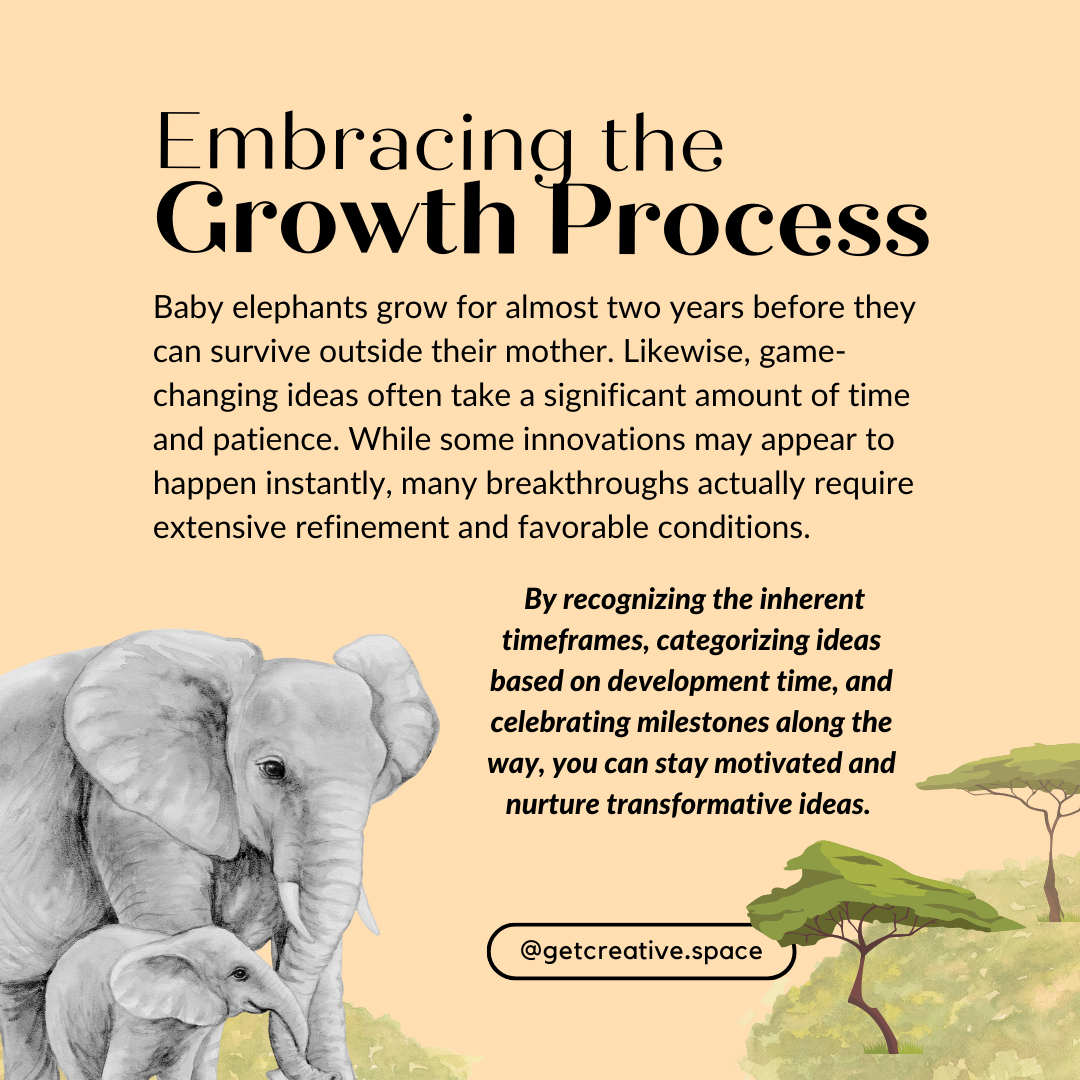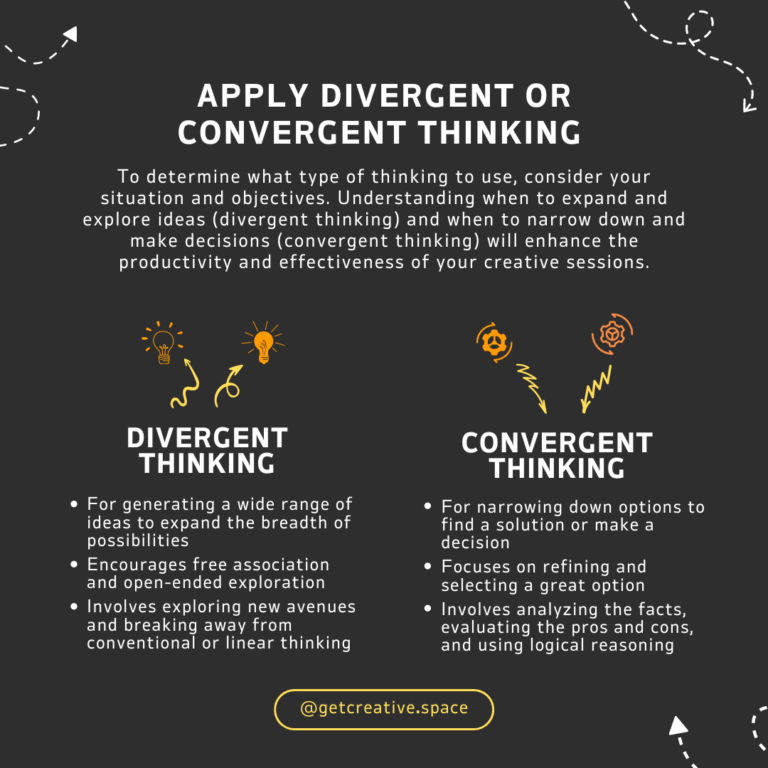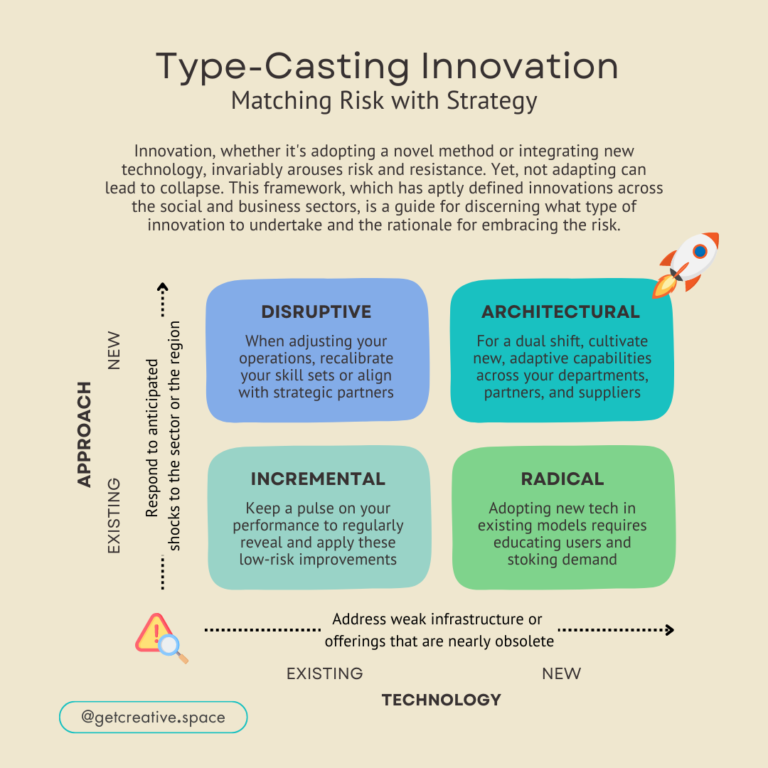Embracing the Growth Process
Game-changing ideas often require a significant amount of time to develop and come to fruition. While we are memorized by stories of sudden epiphanies like Thomas Newton discovering gravity under an apple tree, many innovations actually unfold slowly. This is particularly true when key components are still in the early stages of refinement or if there is a low demand for them. For instance, some are surprised that we did not invent the bicycle until the late 1800s, however, it required advanced manufacturing techniques to construct components like gears, ball bearings, and chains with the required precision. Understanding and accepting the time needed for development is crucial in fostering your big idea.
Growing takes time
Look to nature for validation. Different creatures take varying amounts of time to reach maturity. Just like baby elephants require almost two years of gestation before they are ready to survive outside of their mother, your transformative idea may need an extended period to develop fully. Respecting and embracing the inherent time frames can ensure the idea’s robustness.
Patience in the face of complexity
Innovation is a multifaceted endeavor, often involving intricate systems, technologies, or concepts. Developing these components to their full potential can be a time-consuming process. Just as advanced manufacturing techniques were necessary for the bicycle’s invention, some ideas require the convergence of various factors to reach their breakthrough stage.
Categorize ideas
Organizations often categorize project development ideas into short, medium, and long-term plans. Long-term ideas, which may take years to materialize, are often the most innovative and aligned with the organization’s mission. Recognizing and nurturing these ideas amidst shorter-term projects allows for a balance between immediate progress and fostering groundbreaking innovation.
Milestones as motivation
While game-changing ideas may demand an extended development time, it’s important to establish milestones and shorter-term projects along the way. These interim achievements serve as stepping stones, keeping the momentum alive and providing a sense of progress. Celebrating milestones reinforces the notion that even though the path may be long, each step brings you closer to your ultimate goal.
By embracing the reality that game-changing ideas require time, innovators can approach their projects with patience and perseverance. Understanding the complexities involved, categorizing ideas based on development time, and celebrating milestones will help maintain motivation throughout the journey. While it may take longer, the impact of a well-developed idea can be transformative.







